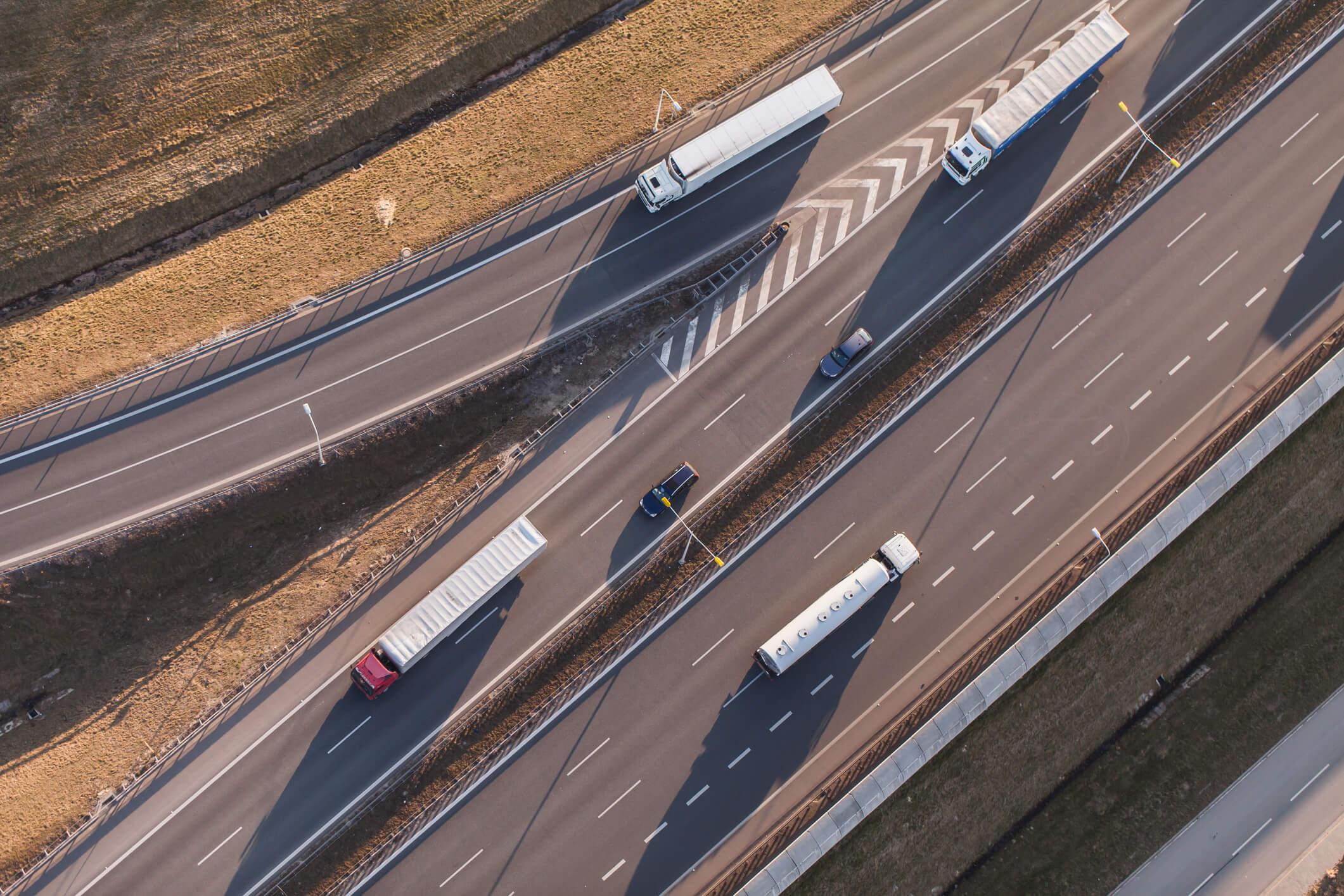
Supply chains have to be flexible. Even in good times, shippers aim to build supply chains that are resilient and responsive enough to accommodate volatility and disruption. Now, in the midst of a global crisis that’s upending nearly every industry around the world, building flexible, resilient supply chains is more important than ever. We can no longer rely on our past experience to make informed decisions about operations today. We’ve said it before: You can’t fix what you can’t see, and with better information comes better decision making.
The variables and moving parts to consider right now are so much more than just the number and status of trucks on the road. In a matter of weeks, the predictable worldwide demand patterns many rely on have shifted, as some consumers react to a growing crisis by panic buying needed goods. In response, suppliers have stepped up their game, pushing out record numbers of critical shipments in order to satisfy this unprecedented demand. This, in turn has led to a rise in dwell times and major delays at border crossings and other major points of transit.
Through it all, one fact remains constant: The ability to see these unpredictable changes as they occur is the key to successfully navigating these uncharted waters. Knowledge is power, and companies who take advantage of the best sources of intelligence will see great benefits to their operations and their bottom line. For shippers and carriers alike, visibility is the key.
Even in the grips of a global crisis — perhaps especially then — shippers realize the need to tighten up their supply chains and maximize efficiency. A recent article in Harvard Business Review put it well: “Companies that invested in mapping their supply networks before the pandemic emerged better prepared. They have better visibility into the structure of their supply chains. Instead of scrambling at the last minute, they have a lot of information at their fingertips within minutes of a potential disruption. They know exactly which suppliers, sites, parts, and products are at risk, which allows them to put themselves first in line to secure constrained inventory and capacity at alternate sites.”
In other words, shippers that made the investment in better supply chain visibility before this crisis have been better able to manage the unprecedented strains it’s placed upon their operations, while those that haven’t are scrambling to catch up. More than ever, digital transformation is a necessity for the world’s largest companies, and the carriers best equipped to support that objective (both large and small) are going to emerge on top as well.
To do that, carriers must enable all parties in the supply chain to have rapid communication that does not require phone calls, faxes, or carrier pigeons.
At our last FourKites Carrier Summit, our carrier partners overwhelmingly named dwell time as one of their biggest pain points. In an era when coronavirus panic is wreaking havoc on global supply chains, dwell is only getting worse, to the detriment of all involved.
But it’s more than just dwell times. In today’s interconnected supply chain ecosystem, and more than ever in this current crisis, everybody wins when you minimize the unexpected. The more we can predict the multitude of issues that can befall a shipment throughout its journey, the more we can prepare our actions to smooth the path.
A crisis like this reveals that supply chain visibility is about so much more than the location and bearing of your trucks on the road. By achieving true visibility into ALL of the moving parts and unforeseen challenges affecting your supply chain — from unexpected weather or port closures, to border crossing times, to the unpredictable performance of your once-familiar lanes. This can only be achieved by a fully-connected ecosystem involving every member of the global supply chain community: carriers, shippers, data providers and more.
It’s a tall order, but those who can make the ecosystem work can skip the trial and error that businesses (and the world) can no longer afford. Having holistic real-time visibility into the global freight ecosystem allows you to increase your supply chain’s durability; identify high-risk regions for disruptions such as border crossing delays; and predictively account for unexpected developments in your planning and appointment scheduling.
We need every possible advantage to make it out of this ongoing crisis unscathed, and the old saying, “we’re stronger together than we are apart,” that has never been more true.